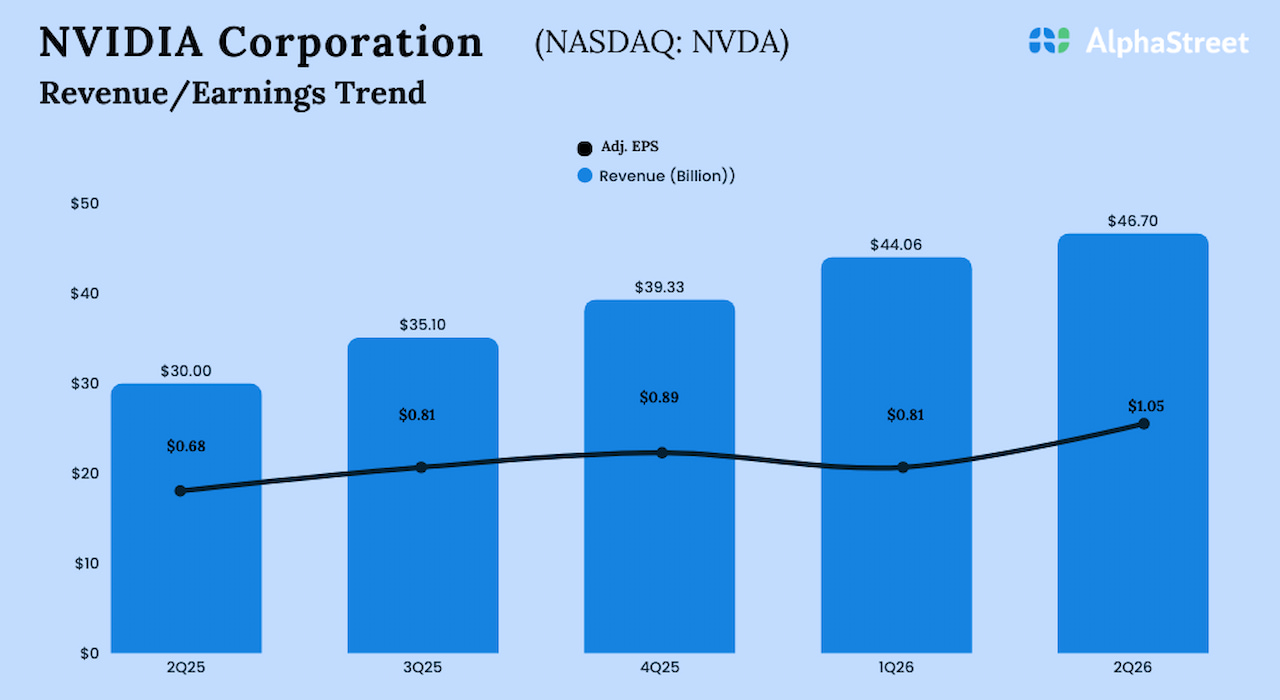In recent years, blockchain technology has emerged as a transformative
force in various industries, with its decentralized and secure nature offering
significant advantages over traditional systems. One particular area where
blockchain is making a considerable impact is in the realm of interbank
payments. The advent of interbank blockchains is revolutionizing how financial
institutions settle transactions, suggesting that the future of payments might
indeed be on-chain.
The Rise of Interbank Blockchains
Traditional interbank payment systems have long relied on central
authorities, intermediaries, and legacy technologies, leading to delays, higher
costs, and an increased risk of errors. However, with the introduction of
blockchain technology, financial institutions now have a viable alternative
that enables real-time, peer-to-peer transactions between banks without the
need for intermediaries.
Interbank blockchains are private or consortium-based distributed ledgers
that facilitate secure and transparent communication between participating
banks. Through consensus algorithms and smart contracts, these blockchains
validate, record, and execute transactions seamlessly. Such systems have gained
traction due to their ability to enhance security, traceability, and
auditability while minimizing settlement times and costs.
The Burden of Complexity and Delays in the Current Payment System
The current payment infrastructure, despite being technologically
advanced, is still riddled with complexities and delays. Cross-border
transactions require multiple intermediaries, each with its own set of
regulations and processing times, leading to extended settlement periods and higher
costs. Additionally, tracking the status of payments through traditional
databases can be challenging, as they lack a unified and transparent system to
provide real-time updates.
Blockchain: A Superior Solution
Interbank blockchains demonstrate the transformative potential of
blockchain technology by offering unmatched audit trails and consensus
mechanisms that traditional databases cannot replicate. By embracing this
technology, financial institutions can simplify and expedite cross-border
payments, making them more cost-effective and transparent for all parties
involved.
As the technology matures and becomes more widely adopted, the current
payment system’s complexities and delays may gradually fade away.
Blockchain-powered payment solutions promise to usher in an era of secure,
efficient, and instantaneous transactions, revolutionizing the way financial
institutions and customers conduct their day-to-day affairs.
Key Advantages of Interbank Blockchains
- Real-time settlements: One of the most
significant advantages of interbank blockchains is the ability to settle
transactions in real-time. Traditional cross-border payments can take days to
complete due to intermediary banks and multiple validation processes. In
contrast, blockchain technology allows instant settlement, improving liquidity
and reducing counterparty risk. - Enhanced security and transparency:
Interbank blockchains leverage cryptographic techniques to ensure the
immutability of transaction records. Every transaction is cryptographically
linked to the previous one, making it nearly impossible to alter or tamper with
the data. This feature significantly enhances security and reduces the risk of
fraudulent activities. - Lower costs: Traditional cross-border
payments involve various fees charged by intermediary banks and currency
conversion costs. By eliminating these intermediaries and enabling direct
peer-to-peer transactions, interbank blockchains drastically reduce transaction
costs, making cross-border payments more affordable for banks and their
customers. - Auditable records: Blockchain’s
transparent nature ensures that all transactions are recorded on an immutable
ledger. This feature enables financial institutions and regulators to conduct
real-time audits, improving regulatory compliance and mitigating potential
financial risks. - Decentralization: Interbank
blockchains are designed to operate in a decentralized manner, meaning no
single entity has control over the network. This lack of central authority
increases the system’s resilience and reduces the risk of a single point of
failure. - Global reach: Interbank blockchains
have the potential to facilitate seamless cross-border transactions without the
need for currency conversions and extensive correspondent banking
relationships. This feature could streamline global trade and commerce,
benefiting businesses and individuals worldwide.
Audit Trails: A Game-Changer for Transparency
Interbank blockchains introduce a groundbreaking solution to the issue of
transparency through comprehensive and immutable audit trails. Each transaction
on the blockchain is recorded in a sequential and cryptographic manner,
creating an unalterable ledger of financial activities. Financial institutions,
regulators, and auditors can easily access this transparent trail, ensuring
that every transaction is accounted for and traceable.
Unlike traditional databases, where records can be altered or deleted,
blockchain’s decentralized nature ensures that once a transaction is recorded,
it cannot be tampered with. This feature enhances trust between financial
institutions and their customers, as every payment and settlement can be
audited with utmost confidence.
Implications for the Future of Payments
The widespread adoption of interbank blockchains seems to indicate a
growing trend towards on-chain payment solutions. As more financial
institutions recognize the potential of blockchain technology to improve
efficiency and security in their operations, the traditional payment
infrastructure is likely to undergo significant disruption.
Moreover, central banks and regulatory bodies have shown increasing
interest in central bank digital currencies (CBDCs), which are essentially
blockchain-based digital versions of national currencies. Interbank blockchains
can provide a robust infrastructure to support the issuance, distribution, and
settlement of CBDCs, further pushing the payments industry towards an on-chain
future.
However, challenges remain. Scalability, interoperability, and regulatory
compliance are critical issues that need to be addressed for the mass adoption
of interbank blockchains. As the technology matures and industry standards
develop, these challenges are likely to be overcome, leading to a more
widespread implementation of blockchain-based payment systems.
Conclusion
The rise of interbank blockchains is a clear indication of the
transformative potential of blockchain technology in the payments industry.
Embracing this technological advancement promises to bring unprecedented
efficiency and trust to the world of financial transactions, ushering in an era
where payments are seamless, secure, and truly global.
As financial institutions continue to explore and implement interbank
blockchains, it becomes increasingly evident that the future of payments is
undoubtedly on-chain. Embracing this paradigm shift promises a more efficient,
secure, and inclusive global payment ecosystem for all stakeholders involved.
In recent years, blockchain technology has emerged as a transformative
force in various industries, with its decentralized and secure nature offering
significant advantages over traditional systems. One particular area where
blockchain is making a considerable impact is in the realm of interbank
payments. The advent of interbank blockchains is revolutionizing how financial
institutions settle transactions, suggesting that the future of payments might
indeed be on-chain.
The Rise of Interbank Blockchains
Traditional interbank payment systems have long relied on central
authorities, intermediaries, and legacy technologies, leading to delays, higher
costs, and an increased risk of errors. However, with the introduction of
blockchain technology, financial institutions now have a viable alternative
that enables real-time, peer-to-peer transactions between banks without the
need for intermediaries.
Interbank blockchains are private or consortium-based distributed ledgers
that facilitate secure and transparent communication between participating
banks. Through consensus algorithms and smart contracts, these blockchains
validate, record, and execute transactions seamlessly. Such systems have gained
traction due to their ability to enhance security, traceability, and
auditability while minimizing settlement times and costs.
The Burden of Complexity and Delays in the Current Payment System
The current payment infrastructure, despite being technologically
advanced, is still riddled with complexities and delays. Cross-border
transactions require multiple intermediaries, each with its own set of
regulations and processing times, leading to extended settlement periods and higher
costs. Additionally, tracking the status of payments through traditional
databases can be challenging, as they lack a unified and transparent system to
provide real-time updates.
Blockchain: A Superior Solution
Interbank blockchains demonstrate the transformative potential of
blockchain technology by offering unmatched audit trails and consensus
mechanisms that traditional databases cannot replicate. By embracing this
technology, financial institutions can simplify and expedite cross-border
payments, making them more cost-effective and transparent for all parties
involved.
As the technology matures and becomes more widely adopted, the current
payment system’s complexities and delays may gradually fade away.
Blockchain-powered payment solutions promise to usher in an era of secure,
efficient, and instantaneous transactions, revolutionizing the way financial
institutions and customers conduct their day-to-day affairs.
Key Advantages of Interbank Blockchains
- Real-time settlements: One of the most
significant advantages of interbank blockchains is the ability to settle
transactions in real-time. Traditional cross-border payments can take days to
complete due to intermediary banks and multiple validation processes. In
contrast, blockchain technology allows instant settlement, improving liquidity
and reducing counterparty risk. - Enhanced security and transparency:
Interbank blockchains leverage cryptographic techniques to ensure the
immutability of transaction records. Every transaction is cryptographically
linked to the previous one, making it nearly impossible to alter or tamper with
the data. This feature significantly enhances security and reduces the risk of
fraudulent activities. - Lower costs: Traditional cross-border
payments involve various fees charged by intermediary banks and currency
conversion costs. By eliminating these intermediaries and enabling direct
peer-to-peer transactions, interbank blockchains drastically reduce transaction
costs, making cross-border payments more affordable for banks and their
customers. - Auditable records: Blockchain’s
transparent nature ensures that all transactions are recorded on an immutable
ledger. This feature enables financial institutions and regulators to conduct
real-time audits, improving regulatory compliance and mitigating potential
financial risks. - Decentralization: Interbank
blockchains are designed to operate in a decentralized manner, meaning no
single entity has control over the network. This lack of central authority
increases the system’s resilience and reduces the risk of a single point of
failure. - Global reach: Interbank blockchains
have the potential to facilitate seamless cross-border transactions without the
need for currency conversions and extensive correspondent banking
relationships. This feature could streamline global trade and commerce,
benefiting businesses and individuals worldwide.
Audit Trails: A Game-Changer for Transparency
Interbank blockchains introduce a groundbreaking solution to the issue of
transparency through comprehensive and immutable audit trails. Each transaction
on the blockchain is recorded in a sequential and cryptographic manner,
creating an unalterable ledger of financial activities. Financial institutions,
regulators, and auditors can easily access this transparent trail, ensuring
that every transaction is accounted for and traceable.
Unlike traditional databases, where records can be altered or deleted,
blockchain’s decentralized nature ensures that once a transaction is recorded,
it cannot be tampered with. This feature enhances trust between financial
institutions and their customers, as every payment and settlement can be
audited with utmost confidence.
Implications for the Future of Payments
The widespread adoption of interbank blockchains seems to indicate a
growing trend towards on-chain payment solutions. As more financial
institutions recognize the potential of blockchain technology to improve
efficiency and security in their operations, the traditional payment
infrastructure is likely to undergo significant disruption.
Moreover, central banks and regulatory bodies have shown increasing
interest in central bank digital currencies (CBDCs), which are essentially
blockchain-based digital versions of national currencies. Interbank blockchains
can provide a robust infrastructure to support the issuance, distribution, and
settlement of CBDCs, further pushing the payments industry towards an on-chain
future.
However, challenges remain. Scalability, interoperability, and regulatory
compliance are critical issues that need to be addressed for the mass adoption
of interbank blockchains. As the technology matures and industry standards
develop, these challenges are likely to be overcome, leading to a more
widespread implementation of blockchain-based payment systems.
Conclusion
The rise of interbank blockchains is a clear indication of the
transformative potential of blockchain technology in the payments industry.
Embracing this technological advancement promises to bring unprecedented
efficiency and trust to the world of financial transactions, ushering in an era
where payments are seamless, secure, and truly global.
As financial institutions continue to explore and implement interbank
blockchains, it becomes increasingly evident that the future of payments is
undoubtedly on-chain. Embracing this paradigm shift promises a more efficient,
secure, and inclusive global payment ecosystem for all stakeholders involved.







































